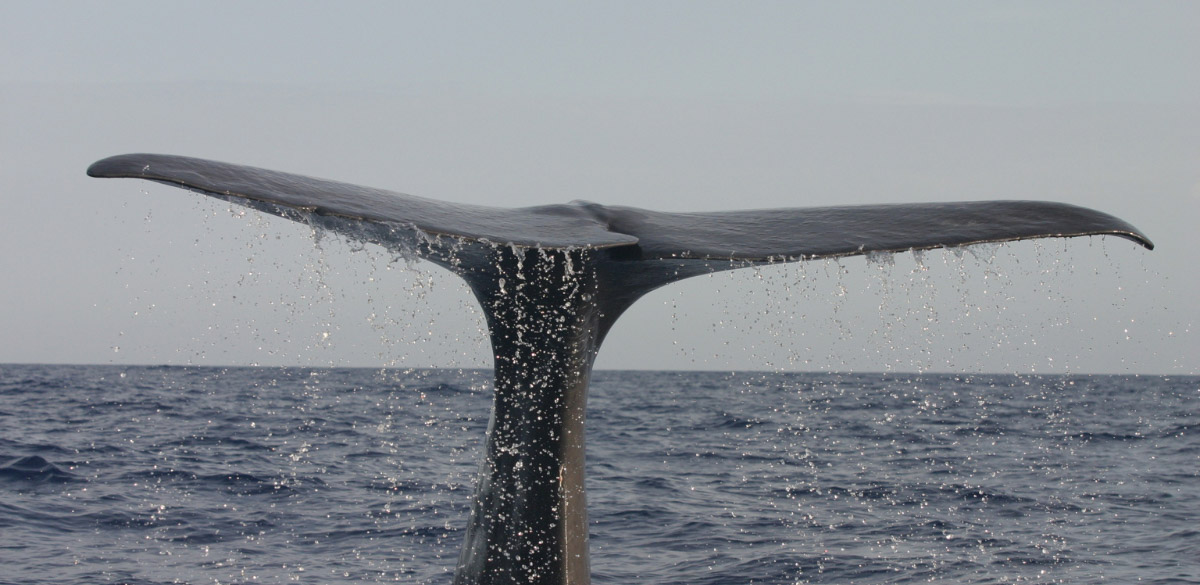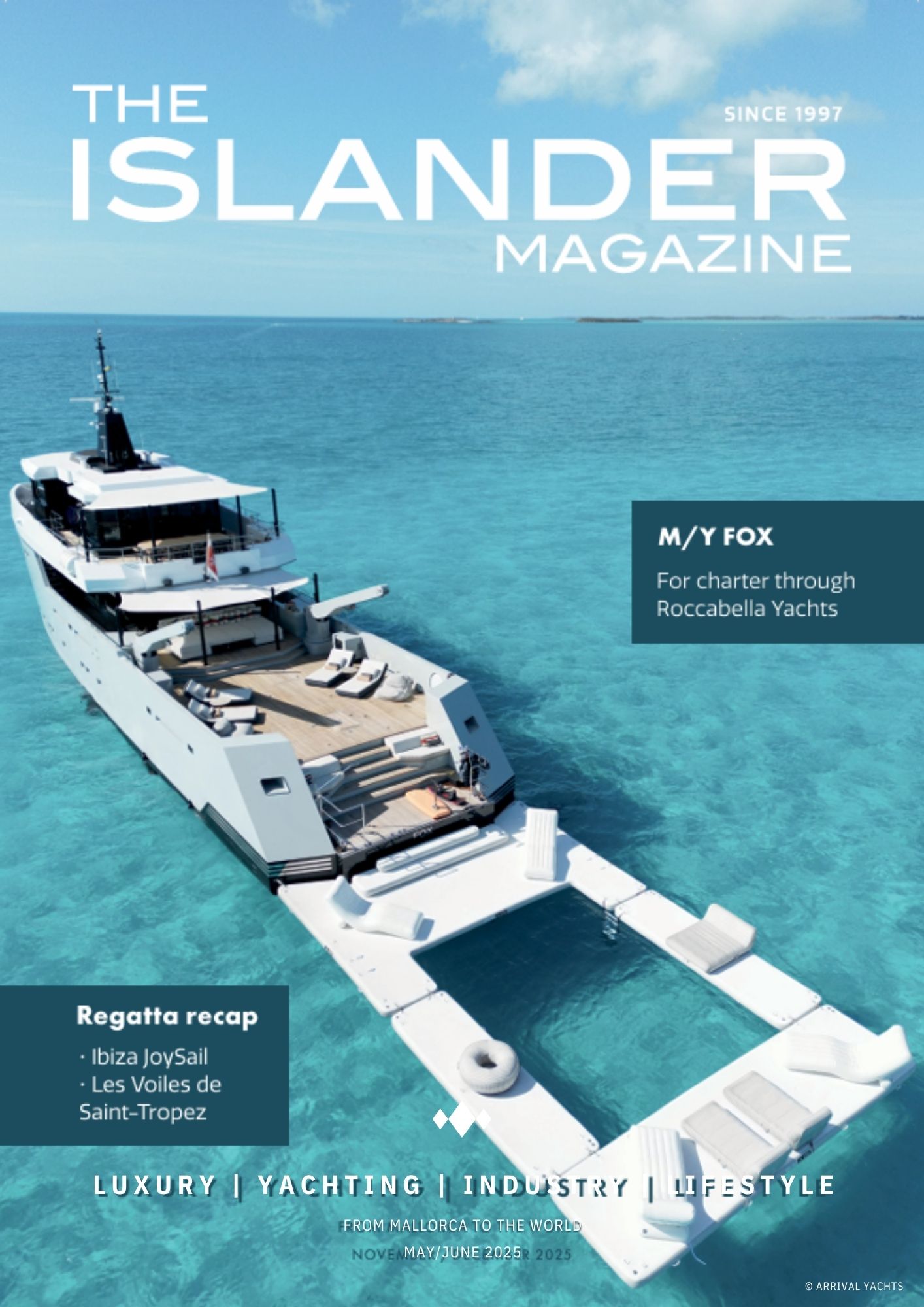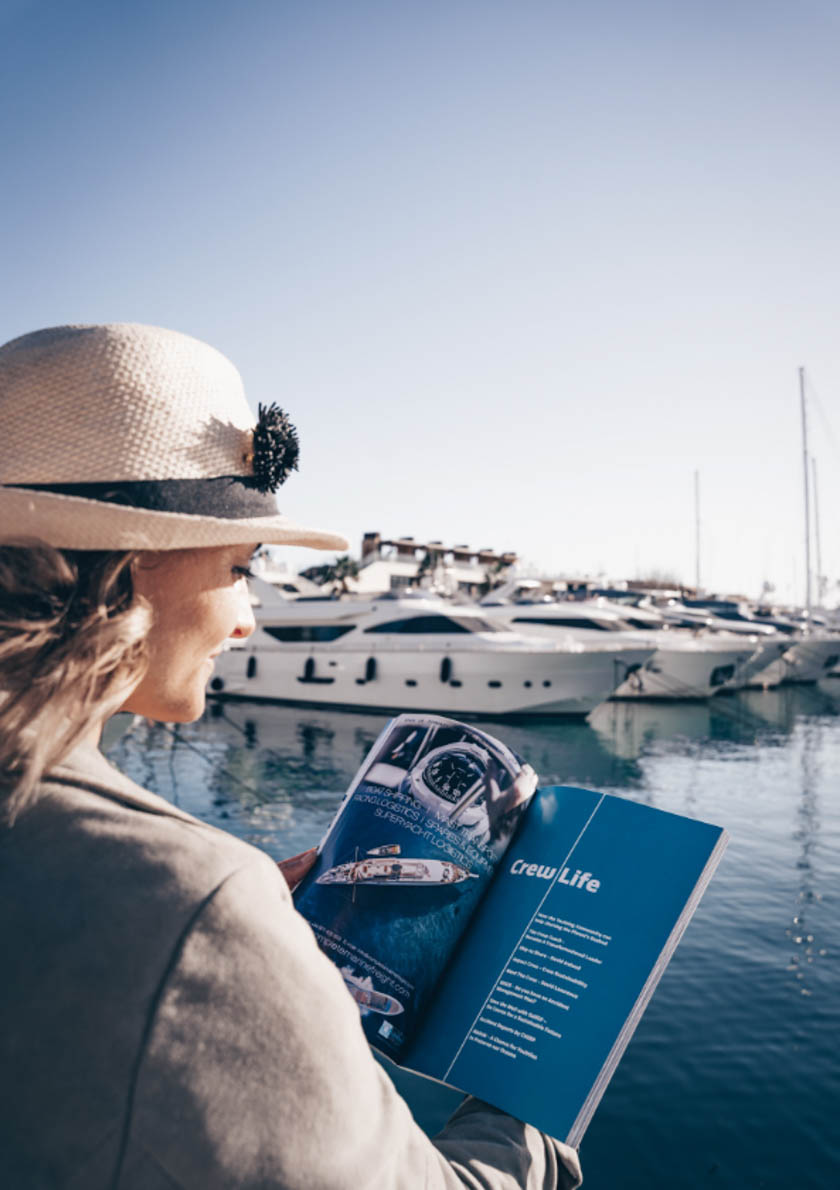Mediterranean treasures
Forget meeting celebrities, politicians, athletes … have you ever encountered a whale in the wild? To me, that’s a showstopper. These rare and precious creatures are a humbling mixture of size, strength and elegance. They hold a mysterious wisdom of what life is like in the deep blue sea.
Over the years, scientists have discovered just how unique these animals are, both socially and emotionally. They show deep emotional bonds, sophisticated communication methods and can migrate thousands of kilometers across oceans. Besides being charismatic, we also know that whales carry out incredibly important ecological functions, helping with carbon storage and creating nutrient cycles in the sea that support plankton growth.
Here in the Mediterranean Sea, we can find two of the second-largest whales on the planet (after the blue whale): fin whales and sperm whales. Sperm whales (Physeter macrocephalus) are known for their deep diving abilities. As the largest toothed predators in the world, they hunt for deep-sea prey using echolocation (like a sonar) at the dark depths of more than 1000 meters. Fin whales (Balaenoptera physalus) on the other hand are long, sleek and glide gracefully over the waters as they filter feed on plankton and krill.
Threats and challenges
Sadly, we are slowly losing the big whales of the Mediterranean. Although these species are massive, they are not immune to factors such as habitat disturbances, reduction of food sources, abandoned fishing gear entanglements, environmental pollutants and ship traffic. Both whales are on the International Union for Conservation of Nature (IUCN) Red List of Threatened Species, with fin whales listed as Vulnerable and sperm whales as Endangered.
Since 1999, Spain has been part of ACCOBAMS, the Agreement on the Conservation of Cetaceans of the Black Sea, Mediterranean Sea and Contiguous Atlantic Area. This agreement encourages international cooperation to conserve migratory species like whales and dolphins.
So how can we make sure we don’t lose these big whales, one of the Mediterranean’s greatest treasures?
The solution (or at least one of them) is simple, we need to SLOW DOWN.
Collisions with vessels is the main cause of human-induced death for fin whales and sperm whales in the northwestern Mediterranean. Ship strikes are causing such high numbers of whale deaths that they risk becoming the determining factor that will cause the species to disappear forever from this marine region.
Taking Action
This coming June will mark the 6th Anniversary of the Cetacean Migration Corridor in the northwest Mediterranean Sea, an area of crucial importance for fin whale migration paths to the Ligurian Sea, as well as other animals. It was declared a Marine Protected Area by Spain in 2018 and a Specially Protected Area of Mediterranean Importance by the Barcelona Convention in 2019.
Nonetheless, the area has a high and increasing intensity of maritime traffic, with 220,000 ships per year, many of which merchant ships, that sail at average speeds of 14 to 20 knots. Ferries sail at an average of 35 knots. It’s difficult to divert shipping routes in the area and difficult to predict where the large whales will be present at any given time. Therefore, the best way to effectively avoid fatal collisions with whales is for ships to reduce their speed.
Studies have shown that ship speed of lower than 10 knots greatly reduces the probability of a collision having a lethal effect on a whale. An official work group of scientists and conservation experts is now calling for mandatory speed reduction measures in the Cetacean Migration Corridor, just as Spain’s Ministry for Ecological Transition (MITECO) is currently devising a management plan for the area.
These measures would extend to all ships, without exception (voluntary speed reduction measures are rarely enforced or successful), creating a level playing field for all shipping lines, who would be subject to the same restrictions. Reducing the speed of ships is a win-win for the environment. Not only does it reduce deadly and dangerous collisions with wildlife, but it has also proven to reduce the environmental impact of shipping. Lower speeds mean lower emissions of greenhouse gases and air pollutants like sulphur oxides, nitrogen oxides and black carbon. Furthermore, underwater noise pollution, a huge issue for marine life, is also reduced.
Of course, whales are not the only ones affected by ship strikes. Dolphins, turtles and even humans can fall victim to dangerous fast moving vessels. On a more individual note, we all hold the responsibility to slow down in the water, as we share the space with our fellow creatures.


























0 Comments